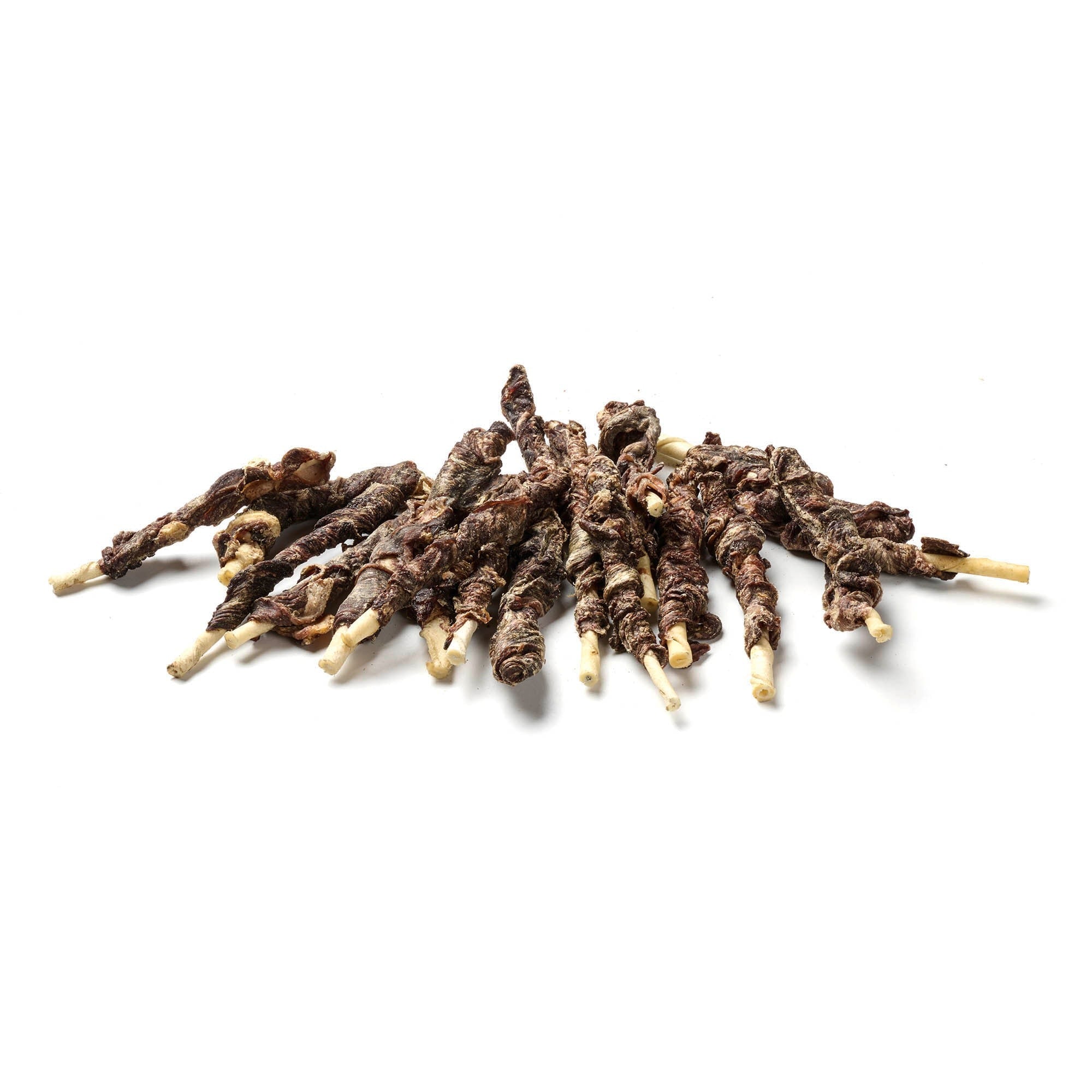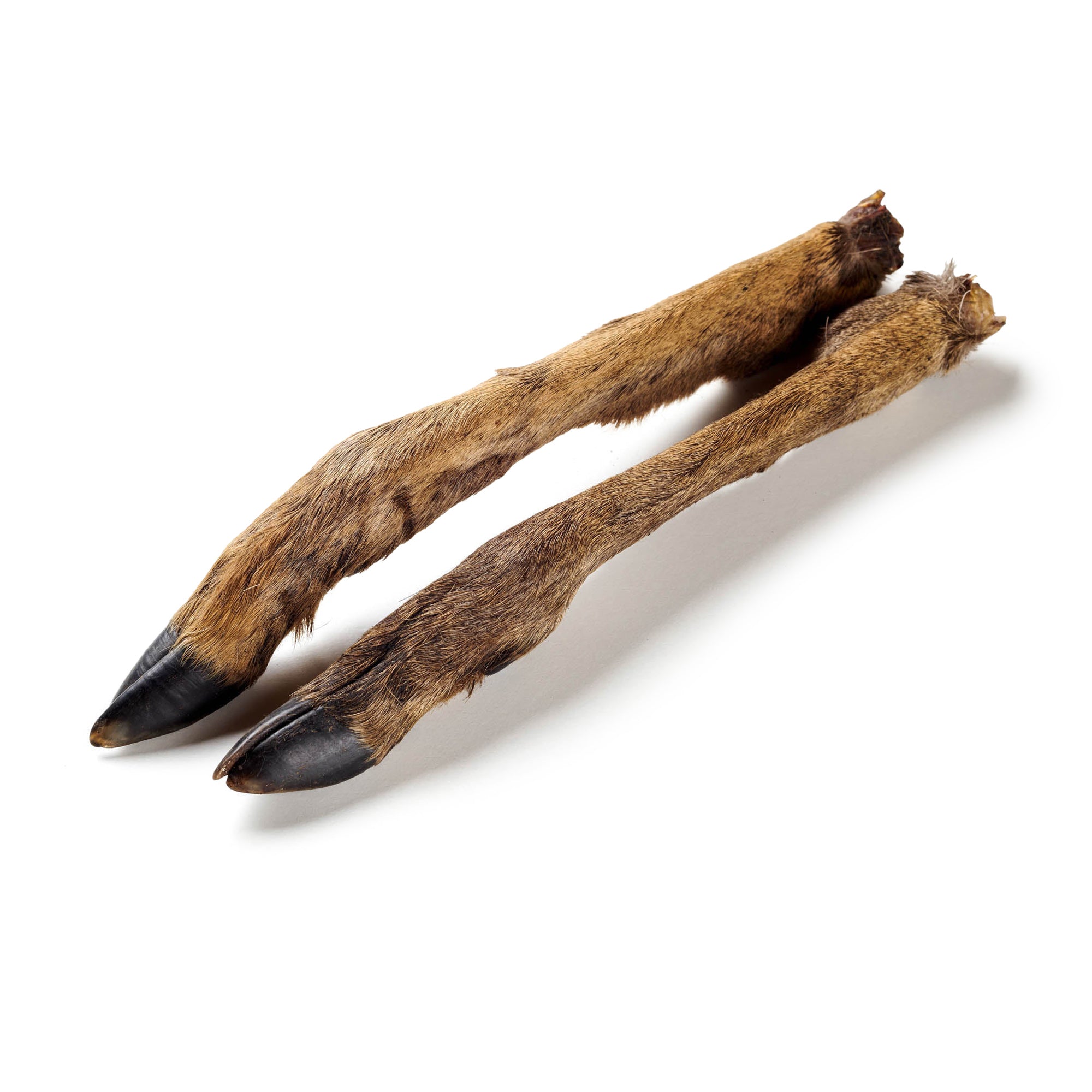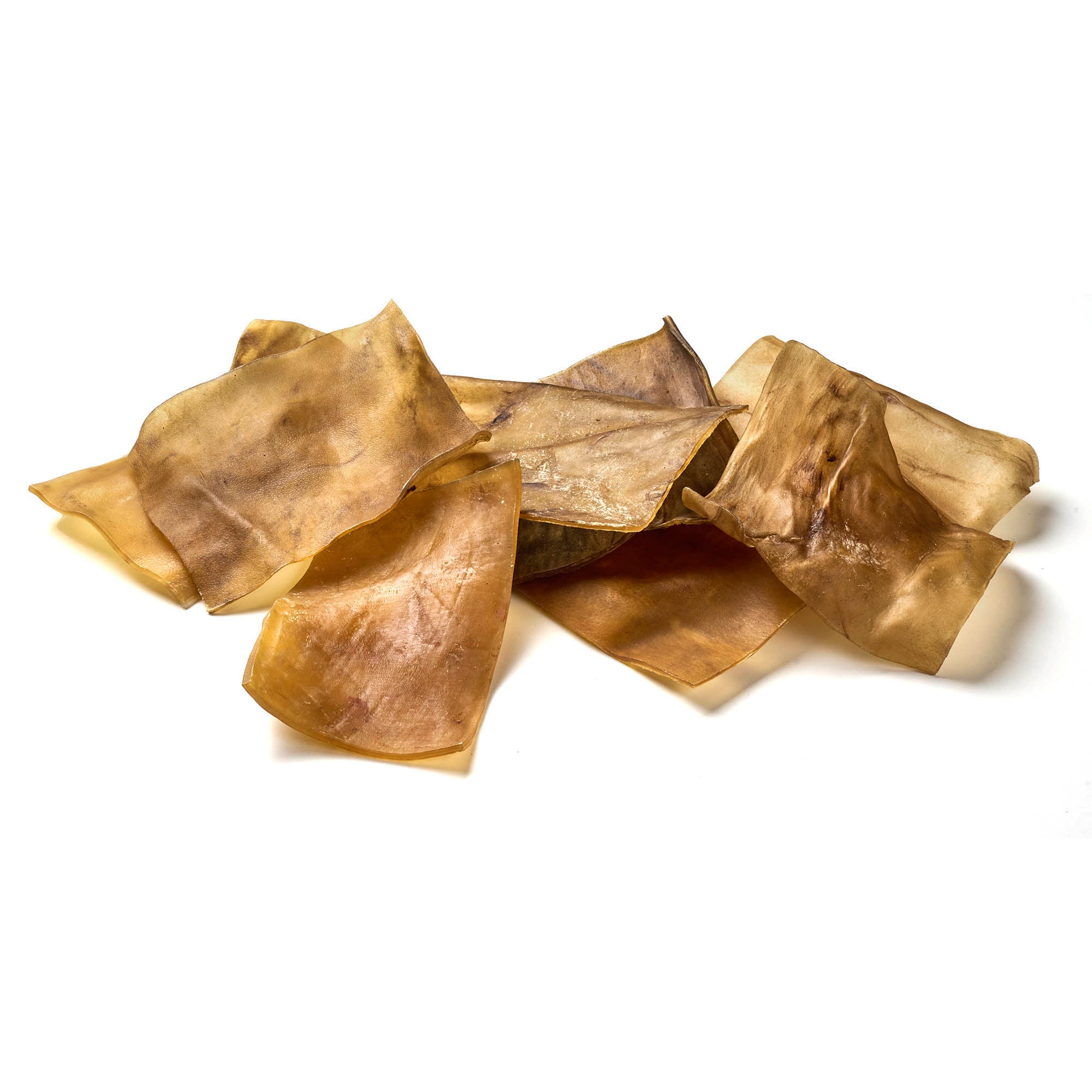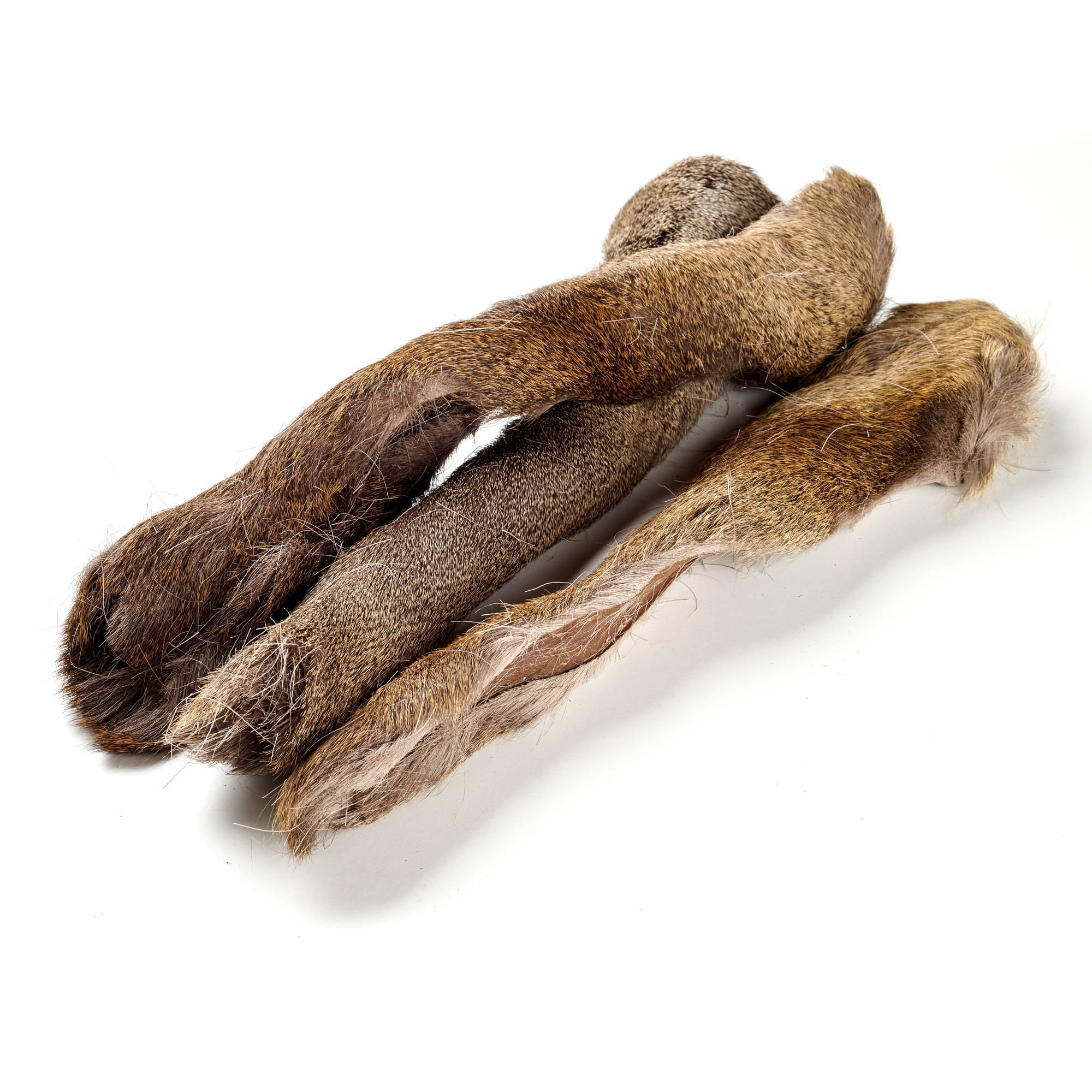
How to safely take your dog on bike rides
Share
Cycling is not only a great way to improve your fitness, but it also offers the perfect opportunity to strengthen your bond with your dog. But while the idea of cycling together through scenic landscapes sounds idyllic, the practice requires careful preparation and the right equipment. In this article, you'll learn how to safely take your dog on bike rides so that both of you can enjoy the time to the fullest.
Content: Bicycle tour with dog
Bring joy to your dog's day with our treats!
The right preparation and equipment
Before you and your four-legged friend embark on your next great cycling adventure, there are a few important steps to consider to ensure the experience is safe and enjoyable for both of you. An essential first step is to have your dog health checked. Not all dogs are equally suited to the physical demands of a bike tour, especially if you are planning a multi-day bike tour with your dog. Factors such as age, breed, fitness level and existing health conditions play a crucial role in deciding whether your dog is suitable for such activities, or whether you would rather ride your four-legged friend around in a dog trailer.
A visit to the vet can provide clarity about your dog's physical condition and help you minimize potential risks. The vet can also make specific recommendations tailored to your dog's individual needs, such as the recommended duration and intensity of bike rides.
In addition to the health check, the right equipment is crucial for the safety and comfort of your dog during bike rides. A special bike leash for dogs that can be securely attached to the bike and has shock absorption is essential to mitigate sudden jerks or pulls. This protects both you and your dog from accidents or injuries.
A well-fitting harness is also important as it distributes the pressure evenly across your dog's body, making it a safer and more comfortable alternative to a collar. The combination of a specially designed bike leash and a high-quality harness ensures that your dog can walk safely and comfortably beside you while you ride. The question of whether a collar or a chest harness is more suitable can be clearly answered with the latter, i.e. the chest harness!
It's important not to rush these preparations. Take the time to choose the right equipment and slowly get your dog used to cycling. This will ensure that the bike rides are a great experience for both of you. By paying attention to your dog's health and safety and taking the necessary precautions, you can cover many happy miles.
High-quality dog snacks to pamper your dog, now available!
Training and habituation
Getting your dog used to cycling is a process that requires patience and understanding. It is important to approach this process gradually to give your dog the best possible chance of getting used to this new activity. Start with short trips in a quiet and familiar environment to give your dog the opportunity to get used to the proximity of the bike and the movements and noises associated with it without stress.
These first steps are crucial to building a foundation of trust and security. With each ride, you can gradually increase the distance, always paying attention to your dog's reactions and well-being. These experiences should be positive so that your dog can look forward to future bike rides.
Positive reinforcement plays a crucial role in this training process. Reward your dog with training treats , praise and affection for his obedient behavior and willingness to run alongside the bike. This type of reinforcement not only strengthens the bond between you and your dog, but also promotes a positive learning environment. Dogs who learn that good behavior is rewarded are more likely to be motivated to repeat that behavior. It is therefore important to be consistent and reward your dog regularly during training.
The key to successful training is to take things slowly and give your dog the time he needs to adjust. Every dog is unique, and while some dogs can quickly gain confidence on a bike, others may need more time and patience. By showing your dog that you respect his needs and boundaries, you will build a foundation of trust that is essential for future cycling adventures. With patience, understanding, and positive reinforcement, you can help your dog become safe and comfortable with cycling, laying the foundation for many happy outings together.
During the bike tour
When cycling with your dog, it is crucial to pay attention to their wellbeing to ensure the experience remains enjoyable for both of you. A key element here is considering breaks and hydration. Especially on warm days, it is important to take regular stops to allow your dog to drink and get a little rest. Carrying a portable water bowl will make this much easier and ensure your dog has access to fresh water at all times while on the move. These breaks also provide a good opportunity to check your dog's body temperature and make sure they are not overheating.
In addition to hydration, paying attention to the weather and time of day is very important. Planning is key here. Try to plan your bike rides at times when temperatures are milder, typically in the early morning or late afternoon. This will help minimize the risks that can arise from extreme heat or cold. Especially in summer, the asphalt can get very hot and burn your dog's sensitive paws. A rule of thumb is to test the road with your hand; if it's too hot for your palm, it's too hot for your dog's paws.
These considerations are important not only to ensure your dog's health and safety, but also to make the bike ride a positive experience for both of you. By paying attention to your dog's needs and taking proactive steps to protect him from the elements, you'll foster an environment that prioritizes happiness and health. It also shows your dog that you take his needs seriously, which will further strengthen the bond between you and make future adventures even more enjoyable. With proper planning and preparation, bike rides with your dog will not only be safe, but also a source of unforgettable memories.
Conclusion
Taking your dog on bike rides can be a wonderful way to be active together and strengthen your bond. However, a successful ride requires careful preparation and a deep understanding of your dog's needs. By making sure you take enough breaks, enough water and choose the right time of day, you ensure the well-being of your four-legged partner. These shared experiences not only provide fun and variety, but also strengthen mutual trust and cooperation.
Good planning and the right equipment are crucial to ensure that each ride is enjoyable for both of you. The experiences you gain will deepen your relationship and promote a healthy, happy life together. Cycling with your dog is more than just a physical activity; it's a chance to explore and enjoy the world together. With patience and continuous adjustment, these outings are sure to become one of the highlights of your time together.
Spoil your four-legged friend with our delicate chew items!















